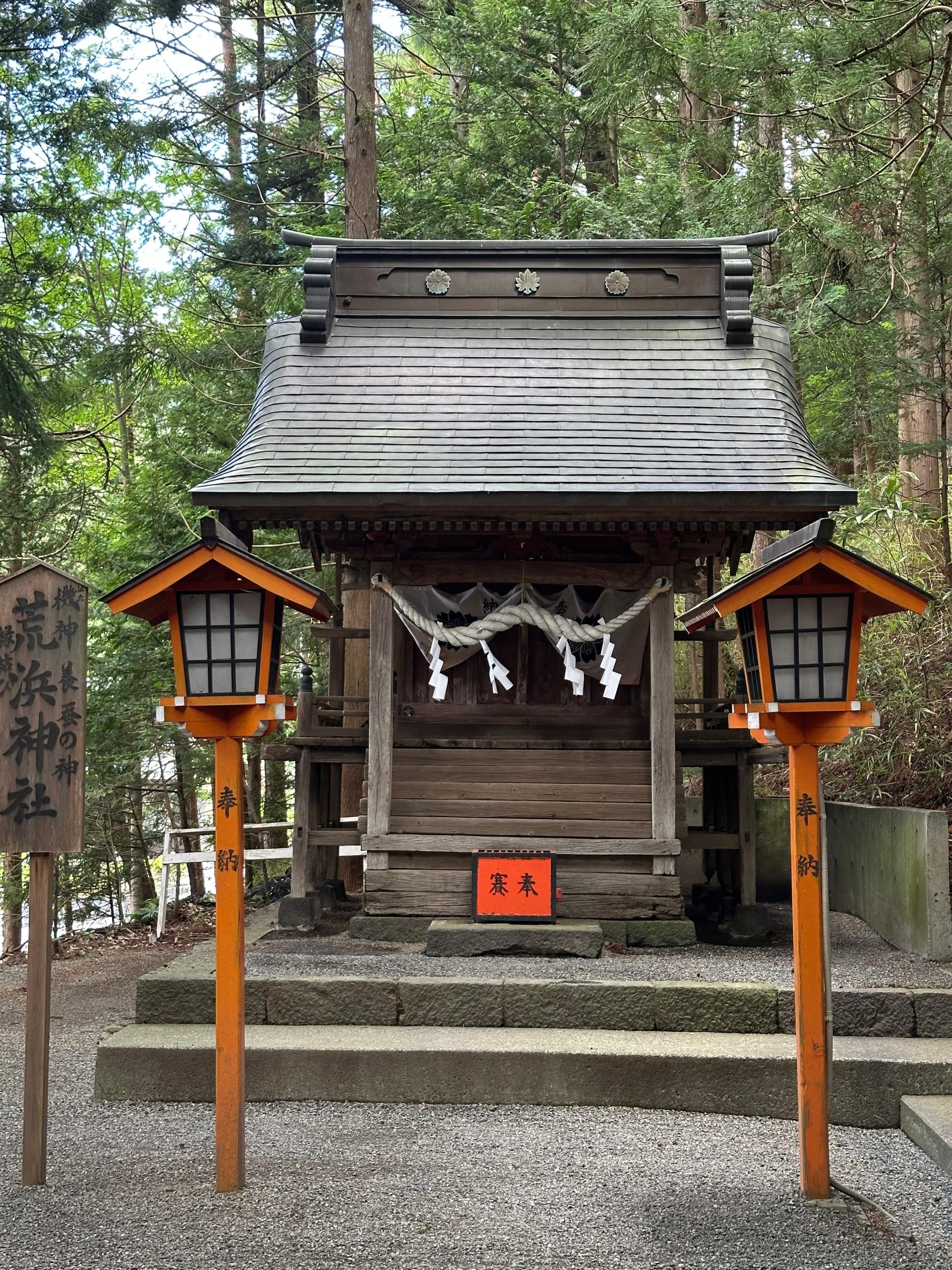Enchanting Japan : A travelogue

DEVENDER S. ASWAL
As an official, I accompanied goodwill parliamentary delegation to many countries but missed a visit to Japan. The coiling deep longing to see Japan materialized by a happen instance when a family friend and GM (HR) of the APPAREL Export Promotion Council, Veena Merchant asked whether we would like to join them on a trip to Japan in connection with the 16th India Trend Fair 2025 being organised in Tokyo. At once, irresistibly, we said ‘yes’, although July is a almost rainy season, hot and humid and despite knowing that the best time to visit Japan is either spring or autumn.

While boarding the Japanese airbus at IGI Airport Delhi, I met Giriraj Singh,
Union Minister for Textiles travelling to Japan to inaugurate the fair on 15th July, 2025. After a non stop flight of eight hours and half, we reached Haneda International Airport, Tokyo.

After a hassle free Immigration, we boarded a local train with luggage to catch the famous bullet train, known as Shinkansen for Osaka except the APEC official friend who had to attend the fair in Tokyo.






The distance of about 500 km was covered in less than two hours and half. Osaka is a large port city and a huge commercial centre in the Island of Honshu. The city architecture is astonishingly impressive and modern. Shops in street food abound.
It was drizzling throughout the day but, sheltered by umbrella, we travelled to the famous Umeda Sky Tower and adjoining shopping complex.
We spent two days and two nights in Osaka and one day and night in Kyoto and returned to Tokyo by bullet train and stay put there for 5 days.
All the three cities are located in the
Island of Honshu, the largest of all islands. The Japanese archipelago has 14,125 islands, of
which only 130 are inhabited. The main islands are Hokkaido, Honshu, Shikoku, Kyushu and
Okinawa.






We visited three cities and some of the main tourist spots like Omeda Sky Tower, Universal
Studio, Oasaka Castle, Nara Deer Park, bamboo forest in Kyoto, various local markets like Dotonbori/Namba, Rainbow bridge, Tokyo Tower, Shinsaibashi shopping street, Kuromon Ichinba market, Fuji area, shrines and pagodas and the world’s largest – Tsukiji Fish Market, said to be 100-years old.
A traveller with observant eye is struck by many distinguishing and defining
features of Japan- a unique blend of modern architecture, cutting edge technology, ancient
culture and traditions, a wide variety of cuisine- mostly sea food and non veg, low hill ranges
running across the island, thick foliage of green over the predominant land mass, bustling markets and a huge mass of humanity at railway stations, mostly underground.
While major cities have gleaming high rise buildings, smaller cities and country side has mostly double storied simple traditional houses devoid of pomposity or vulgar display of opulence.

On seeing the skyscrapers in Tokyo,
Osaka and Kyoto, I was reminiscent of my
school books which spoke of
bamboo houses in Japan to escape
disaster caused by the recurring
earthquakes. However, while travelling in
the train, one notices single storied
or at the most double storied simple and
modest houses in the cities or
habitations adjoining or visible from the
rail tracks. Japanese architecture
has advanced enough to absorb
earthquakes tremors, it seems.
The skyscrapers lend mesmerising beauty and
charm to the city’s skyscape and
bring a sense of great wonder and delight
to the travellers. Most amazing is the
vast and efficient Rail network.
Japan has a well knit modern railway system, consisting of bullet trains, rapid trains and ordinary trains with a well differentiated fare system, connecting cities with country side. The first thing that we did was to purchase a Suica card from the platform at Tokyo and charged it for ten thousand yen each apart from the advanced tickets purchased from the bullet train.
It was not enough as all of us had to recharge the Suica card, like our Metro card, frequently
within the ten days stay, costing individually over sixty thousand yen each- ten thousand on local trains and 40 thousand on bullet trains for to and fro travel.
Taxis are all the more costly but a class apart and the taxi drivers so smartly dressed and
courteous. Of course, the value of one Yen is roughly sixty paise but in any case, travel is costly.
But the trains are neat and tidy, have cushioned chairs, some reserved compartments too, run on time unfailingly and there is seamless integration. Japanese travel by trains as was evident from the huge milling crowds everywhere.
The commuters, regardless of the hurry they might be in, tread the marked lanes in an orderly fashion without jostling or pushing the fellow commuters.
People stand in the escalators in such a Japanese are smartly dressed, many much smarter than the rest, many wearing the latest shoes or clothes.
Japanese invariably carry umbrellas and many, notably women, keep a small battery
run fan hung around their neck.
Commuters seem to be completely engrossed with their mobiles talking little among themselves.
I noticed damsels doing ‘make up’ in the moving trains. While visiting some leading shoe stores, the shoes had the marking, ‘limited Japanese edition’.
Some shoes or branded clothes had the
marking – designed in Japan and manufactured in China. Japanese Blue Jeans were quite costly but could be custom made for the buyers. Clothes made in Vietnam flooded the stores.
Some clothes bore the tag ” Made in Bangladesh”.
Some internationally acclaimed stores, like On Cloud, asked for advanced booking of the visit
which we could not afford due to time constraint and had to drop the very idea of even entering such stores.
In many others, there were Qs outside the stores, permitting entry to a limited
number of prospective buyers, though there were not too many people inside. I was reminded of popular stores in Lajpat Nagar, Chandani Chowk and in other markets in Delhi where people rush to the shops to the point of suffocation and stampede. But everywhere the shopkeepers were exceedingly gentle and polite.
One day in one McDonald, coke glass fell down as my foot slipped. I pointed it to the sanitary staff to clean the stair case lest somebody slips, and went to the counter to buy a new coke but on knowing the incident, they refused to charge me and instantly replaced my coke.
Japan is unrivalled in use of latest gadgets and cutting edge technologies.
We had carried not many sets of clothes, considering that a lot of travel was involved by trains and bullet trains.
Advisedly, suitcases of permitted dimensions were carried by us. So it was necessary to wash the clothes during the tour. Hotels have coin laundries. The guests have go to the laundry room, insert coins for washing and coins for drying. Machines are programmed to take soap and water and a given time frame and, lo! in 90 minutes clothes were washed and dried. We inserted coins
worth 500 Yen. Extra coins were thrown back by the machine. Even in market, there were huge Coin Laundries for the general public.
In many stores, the customers had to
take their selected items to the billing counter, scan the price tags, scan passports for tax exemptions and pay the bills digitally.
Manpower was scarce and was mostly doing the work of replenishing t h e s t o r e s o r
assisting the buyers. The Suica Card/Metro card could be swiped in many Stores, especially in Family Mart, Seven Eleven and McDonald.
It was so convenient and easeful.
In trial rooms, the floor is wiped by the staff before another person enters it leaving the shoes outside the trial room.
Hotels and even restaurants we visited, had smart or intelligent toilets and wash basin all automated.
Japanese are highly regarded for the respect and courtesies they extend to the visitors. Bowing to the guests whether in hotel or stores or the taxi drivers, is defining feature of Japanese culture and hospitality.
There is a gentle and radiant smile on their faces. It is said that even Japanese
deers bow and we witnessed some examples in the famous deer park, Nara where deers mingle with the visitors as though eagerly awaiting for them.
One doesn’t hear, nor did we, any incident of snatching or thievery nor did anyone forewarn us of possible theft or snatching as the tourists are advised in Europe or elsewhere.
People on the streets or in restaurants or in public places do not talk boisterously but gently, audible.
The level of cleanliness in public places is truly astounding.
It was much beyond what I had heard of. One does not find trash cans in public places. It is said that after a terrorist attack in 1995, the government outlawed installing of bins in public places.
Hotels, shops and restaurants have their bins and the buyers cannot throw the garbage or ice
cream empties in other shops but only in the dust bins of the shops where from purchases were made.
Railway platform are really spick and span. There were shops at designated locations
within the platforms but no litter around. You have to take the garbage home or your hotel as it cannot be thrown outside anywhere. We did not notice people eating while and walking.
There were vending machines in hotels and in market places or at the platforms offering hot and cold drinks. Insert the requisite coin and get your choicest drink or make smoothie .
One remarkable thing was people were not seemingly overweight. No large and bulging bellies around.
On enquiry, I found that there is law enacted by the Diet- the Japanese Parliament known as Metabo Law, requiring people in the age group of 45-70 to have their waists measured as part of their annual check up.
People use cycles for short distances.
Cycles are fitted with lights and suitable chairs or carriages as per individual
need.
Japanese cuisine is nutritious but for a strict vegetarian, there are very limited options. Non veg includes all manner of meat- beef, pork, chicken, ducks, fish and sea food. Not all hotels and restaurants have names of dishes displayed in English. A vegetarian has to be on constant guard let he, un wittingly eats non vegetarian food.
For a non vegetarian, the choice is really wide but the food served is seldom hot. However, rice is invariably available in big restaurants and hotels to the accompaniment of beef or fish curry.
Despite language barrier, with the help of Google translation and my young techno- savy
companion Aviansh Singh, we were able to communicate and move around with some
perseverance.
It’s truly a country of ‘Atithi devo bhav’. People are gentle, polite, orderly and
disciplined.
Japan is a fine quintessential blend of tradition and modernity. Japanese love nature
as evident from their forest cover and the greenery around.
They hold Mt Fuji in great reverence
and mystique. The visuals of majestic snow capped. Chaukhamba floated in my mind. The spring water at Fuji town, where from the Mt Fiji is shown to the visitors, is drunk advisedly and bottled by the visitors, reminding of the practice of bottling the sacred water of the Ganges at Haridwar. I feel and beseech that my fellow Indians, who mostly head to the West, turn to East too in perfect accord with India’s act East policy. If we watch and follow Japan assiduously, India will imminently emerge as a developed nation not in 2047 but at least a decade earlier .





